Beginners Guide to Graphic Design
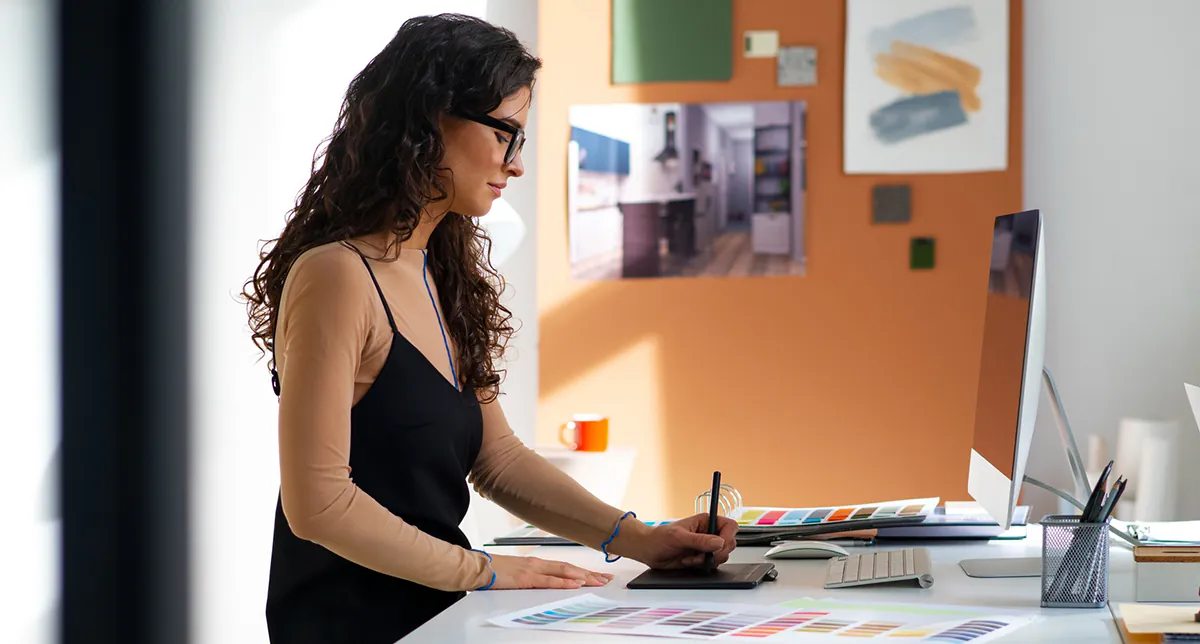
Introduction to Graphic Design
This blog isn’t going to start with the textbook definition of graphic design — you can easily find that on Google, or better yet, ask our ever-helpful AI friend, ChatGPT.
What we’re here to do is something different. We’re here to tell a story — one that might just resonate with you. So read on,
A blank canvas. A vibrant palette of colours. A brush. Boundless imagination. And most importantly — no creative limitations. Sound familiar?
Maybe it takes you back to a core memory — a childhood afternoon with nothing but a handful of crayons and a plain A4 sheet (or maybe the living room wall 
The result?
A joyful moment. A proud little artist. And a masterpiece (subjectively speaking, of course 
We’ve all grown up loving colors — drawn to their playfulness, their energy, and the magic of discovering something new with every brushstroke or crayon mark.=
At its core, Graphic Design is an extension of that same joy. It’s about crafting visual cues that bring an idea to life — adding character, emotion, and clarity to a thought, an imagination, or a brand. In today’s world, where attention is currency, design plays a vital role in shaping perception. It’s not just about making things look good — it’s about making people feel something and guiding that emotion toward action.
We see the magic of graphic design every single day:
That poster of a new movie you suddenly want to watch
The irresistible packaging of your favourite Cadbury Dairy Milk
The Instagram reel that convinced you to hit “Buy Now”
The perfectly plated Biryani image on Swiggy that made you ditch cooking
Let’s be honest—visuals matter.
If you want to explore more about creative careers before diving into the basics of graphic design for beginners, check out our blog that talks about why creative design careers are taking off in 2025, creative careers you should consider and its future scope.
But, what do Graphic Designers really do?
Think of graphic designers as creative psychologists. Their work goes beyond aesthetics—they delve into the minds of audiences, uncovering what triggers emotions, captures attention, and influences decisions. Whether it’s tweaking a color, adjusting a shape, or refining the layout, designers use these subtle shifts to create visual stories that resonate, connect and convert.
Here’s a visual example of the impact of Graphic Design:
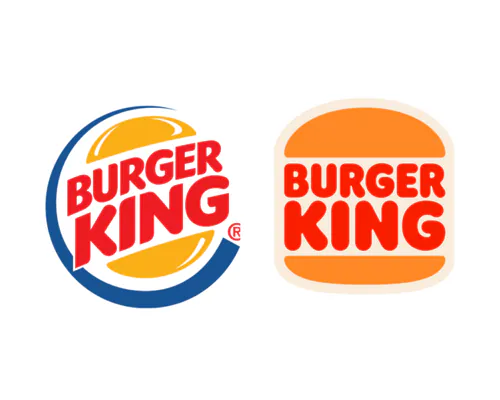
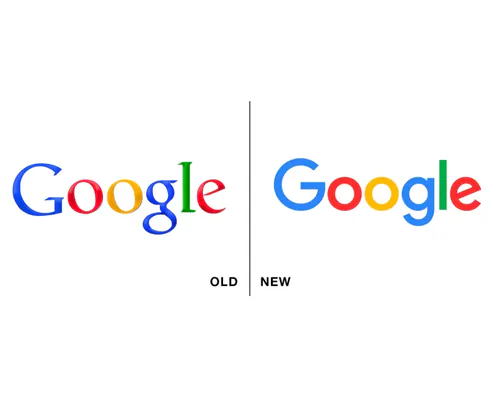
Where Graphic Design Lives & thrives in 2025:
Branding: That iconic Nike swoosh? Graphic design. The colour palette of your favourite coffee brand? Graphic design.
Marketing & Ads: Whether it’s the “Skip Ad” button or a viral Instagram carousel—design drives attention.
Web & App Design: Every time you tap a button or scroll through a site that feels intuitive and pretty—thank a designer.
Social Media: Eye-catching visuals are often what stops the scroll.
Types of Graphic Design
Graphic design today spans far beyond logos and layouts. It’s not a single, straight-forward path– think of it more as a highway that has multiple exits. It fuels everything from app interfaces to magazine spreads. Here’s a deeper look at some key areas of graphic design and the types of roles within them.
Identity Design
Brand identity refers to the personal character of a brand. What are you trying to communicate through your brand? Who is this brand supposed to resonate with? How is your brand being identified and remembered compared to other competitors in the market? These are all things that a Brand Designer strives to analyze and help achieve.
So one particular type of Graphic Design deals with handling the visual identity of a brand. We’re not just talking Logos. We’re talking about every visual piece that needs to speak the brand’s language. Brand
- The typography | Colour palette selection | Design guidelines |Application of visuals across all touchpoints [ [patterns, textures, iconography, illustration style]
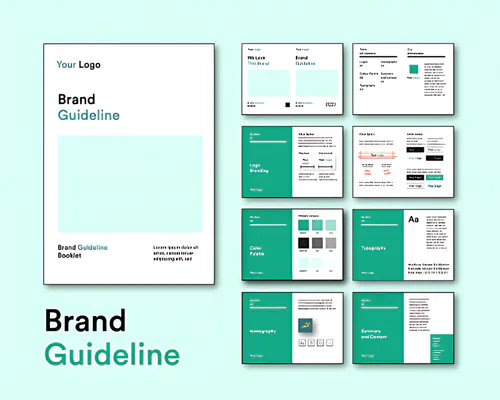
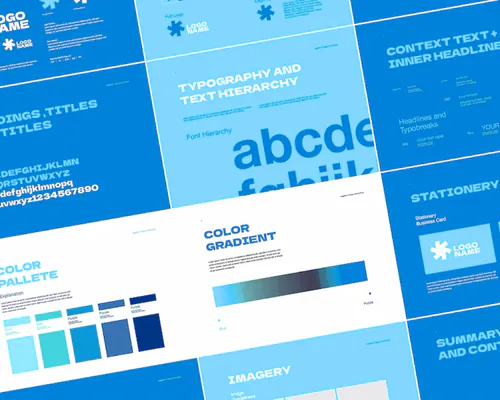
If you love storytelling through visuals and crave consistency in style—branding could be your niche.
2. UI/ UX Design
User Interface and User experience Design refers to creating visually compelling and functionally driven digital experiences [ websites/ apps]. There will be great focus on the visual layout:
- Buttons placement | Navigation | Colour schemes | Functionality | Optimizations
While earlier, becoming a web designer required strong coding skills, today’s no-code tools like Framer, Wix, WordPress, and Webflow have made it possible to build websites from scratch without writing a single line of code.
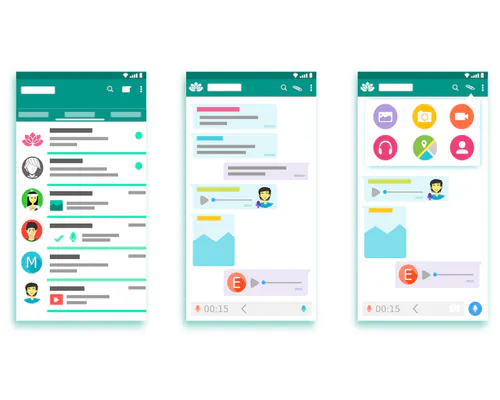
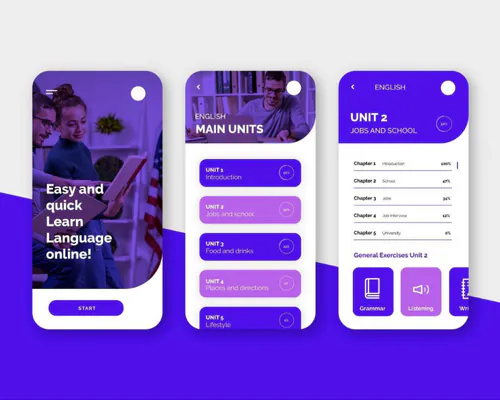
In a world where every brand needs a digital presence, UI/UX designers play a crucial role. You’re not just designing how things look — you’re designing how users feel when they tap, swipe, scroll… and decide to stay.
3. Marketing and Advertising Design
- Marketing and advertising design plays a key role in amplifying a brand’s message across various platforms. This includes creating visuals for:
- Campaigns and digital ads | Email newsletters and product launches | Print materials like posters, flyers, billboards, and banners
- Social media campaigns and promotional creatives
Designers in this niche focus on crafting visuals that are not just eye-catching, but conversion-driven. Every element—from color to composition—is geared toward capturing attention, conveying a message, and prompting action.
If you enjoy fast-paced, results-oriented design with a commercial edge, this could be your sweet spot.
Some examples:

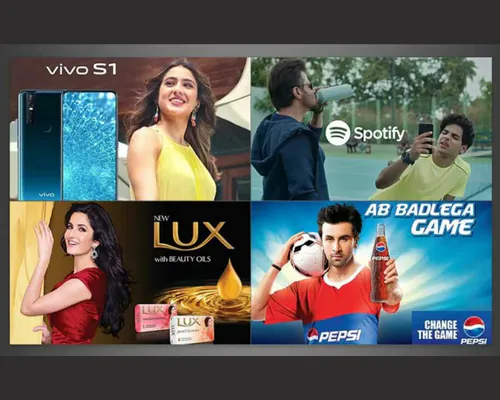
4. Product & Packaging Design
All the visual elements that belong on the packaging of a product represents the art of packaging design, whether it’s a tube of toothpaste or a box of chocolates, a product and packaging designer helps translate a brand’s identity into three- dimensional, tangible experiences.
A packaging designer carefully considers:
- Shape and structure | Materials and textures |Typography and color | Branding and storytelling |The unboxing experience
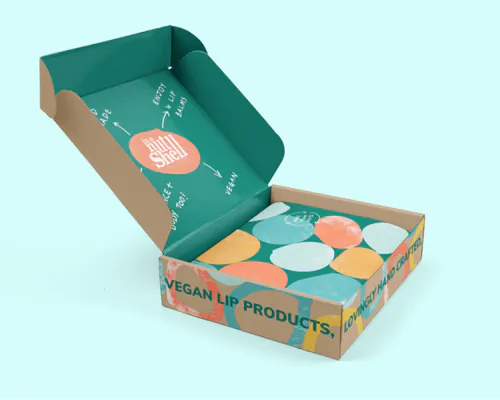
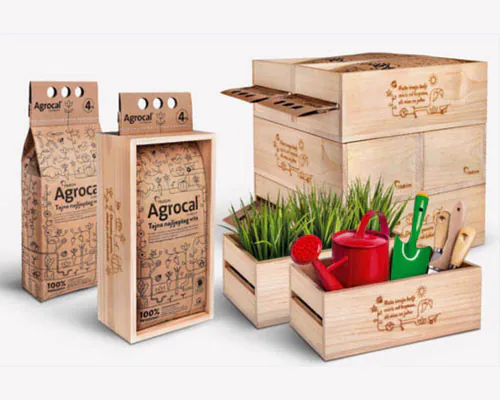
If you naturally think in form, detail, and physical interaction—and love the idea of creating designs that people can literally hold in their hands—this might just be your creative playground.
5. Print & Publication Design
Even in a digital-first world, print design continues to hold timeless value. From books and magazines to brochures and even digital publications like eBooks and PDFs — layout and presentation play a key role in enhancing readability, engagement, and visual storytelling.
This niche combines:
- Editorial aesthetics | Carefully structured layouts | A deep understanding of typography and composition
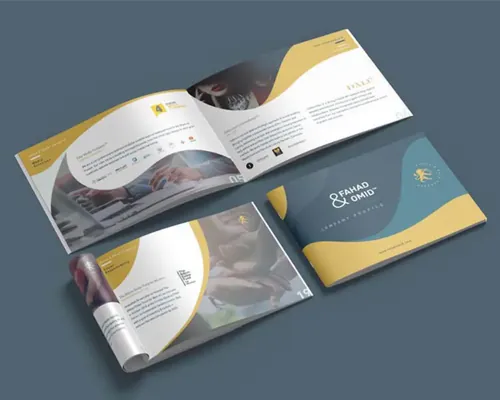
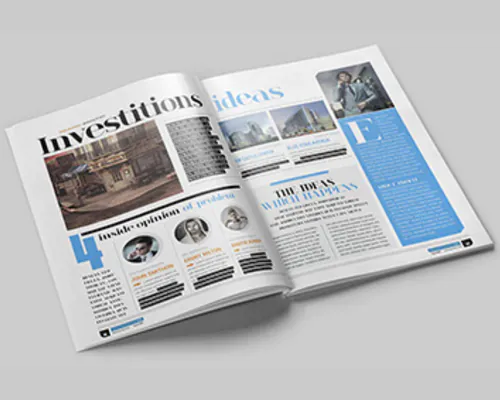
- It’s perfect for designers who appreciate order, balance, and the tactile beauty of print. If you find joy in curating how content flows on a page — this might be your space to shine.
6. Motion Graphics & Animation
This is one of the fastest-growing niches in design — especially with AI transforming how visual content is created and consumed.
Motion design brings static visuals to life. Whether it’s a scroll-stopping Instagram animation, an engaging explainer video, or a cinematic title sequence, this field blends storytelling with movement to create immersive and interactive experiences. It’s where creativity meets rhythm, timing, and visual flow — perfect for those who love video, animation, and dynamic storytelling.
Here are some examples of where motion graphics is commonly used: - Animated Videos: Used for storytelling, tutorials, or brand messaging.
- Social Media Reels: Short-form, high-impact animations for IG, TikTok, or YouTube Shorts.
- GIFs & Transitions: Bite-sized animations that improve visual engagement.
- YouTube Intros/Outros: Branded motion pieces that add polish to content creators’ videos.
Related Roles:
- Motion Graphics Designer |CGI Animator |VFX Artist
Gameplay Design
Ever wondered how the visuals in your favorite video game were brought to life? Behind every immersive gaming experience is a thoughtful blend of art, storytelling, and interactive design. Gameplay design focuses on crafting visually rich environments and user interfaces that enhance the player’s journey. This includes:
- Character and environment design | UI elements like health bars, inventory icons, and scoreboards | Mood-setting visuals and animation
- Seamless interaction across gameplay levels
Key Elements:
- Concept Art: Sketching initial ideas for characters, settings, and objects.
- 3D Modeling: Bringing characters and environments to life in a digital space.
- UI/UX for Games: Ensuring smooth interaction and intuitive gameplay mechanics.
- Storytelling through Design: Using visuals to enhance the game’s narrative.
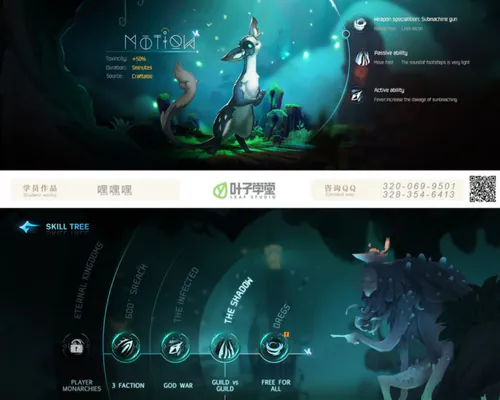

Each graphic design niche brings its own unique mix of tools, mindset, and purpose — but at the heart of them all is the same goal: solving problems through visuals. Before diving into a specific niche, take the time to master the fundamentals — they’re the building blocks that every great designer relies on.
A Designer’s Mental Toolkit: Soft Skills That Help
- Empathy : Understanding how your audience thinks and feels will take you further than any tool ever could. When you master the art of perception, your designs don’t just look good — they connect.
- Curiosity : In this case, curiosity didn’t kill the cat. Asking “what if?” is often the spark behind great design. Curiosity helps you break limits, explore possibilities, and create with purpose.
- Balance : Knowledge is powerful — but knowing when to use it is even more important. Great design is all about balance: bold vs. minimal, color vs. white space, detail vs. simplicity. Every font. Every pixel. Every inch of white space. It all matters.
- Eye for detail : Beyond passion and persistence, one of the most underrated — yet essential — soft skills in design is being observant. In this field, even the smallest details make a big difference. If you’re someone who naturally notices the little things, pays attention to patterns, and often finds yourself analyzing your surroundings, design might just be the perfect path for you
Beginners Guide to Graphic Design
Let’s say you’re curious by now about a potential career in Design. You’ve maybe randomly doodled a few things. Created a poster for a school event or edited a birthday invite. What now?
Let’s look at the Steps to Start Learning Graphic Design
Step 1: Learn and practice the Language of Design
A good starting point would be to learn the basics first- everything that lies at the core of Design- Colour theory, typography, composition— and trust me, they’re not intimidating when you see them in action. Watch how Apple uses white space. Observe how Netflix thumbnails use contrast. Develop an eye for observation around you and learn by watching.
Graphic Design Basics
Here are the core Design Elements [ The “What” of Design] you will learn about
Line | Shape | Form | Colour | Texture | Space | Typography | Value
Here are some of the foundational Design principles [ The “How” of Design] you will learn about:
- Balance: refers to distributing elements to create stability in a design.
- Contrast: creates visual interest by emphasizing differences in elements
- Repetition: reinforces consistency and helps create a recognizable identity.
- Alignment: Proper alignment ensures that elements are placed in a structured and organized manner.
- Movement/Proportion/Rhythm/Unity/White Space
Whether you’re just getting started or looking to deepen your understanding of design, here’s a list of must-read books and must-watch documentaries to fuel your creative journey:
Recommended Books to Build Your Design Foundation

Thinking with Type – Ellen Lupton
A go-to guide for anyone learning typography — clear, visual, and essential for any designer.

The Elements of Graphic Design – Alex W. White
Explains layout, space, and composition in a beginner-friendly way.

Steal Like an Artist – Austin Kleon
A creative manifesto that reminds you it’s okay to take inspiration and remix ideas to make them your own.

Logo Design Love – David Airey
Practical advice and real-world examples on designing impactful logos and building brand identity.

Show Your Work – Austin Kleon
Encourages you to share your creative process and build visibility as a beginner.

Grid Systems in Graphic Design – Josef Müller-Brockmann
A timeless classic that introduces you to grid-based layouts and structured design.
Recommended Films & Documentaries for Creative Inspiration

Helvetica (2007)
A fascinating deep dive into one of the world’s most iconic typefaces — and its impact on visual culture.

Abstract: The Art of Design (Netflix Series)

Design Disruptors (2016)
Showcases how top tech companies use design thinking to innovate and solve problems.

The Creative Brain (Netflix)
A short documentary that explores how creativity works in the brain and how to harness it in your work.
Step 2: Take a Free Graphic Design Course [ preferably offering certification ]
Ideally pursuing a formal education [ Bachelor’s degree/ PG/ Diploma] in Graphic Design would be greatly helpful, however, you don’t need to limit yourself. You can try other formats of studying Design that can still help you learn the skills of the craft without being overwhelmed.
Start small and start by exploring certified courses online or other non-traditional forms of learning.
Learning by guidance & real world examples and then practicing the application of the learnt design principles & elements will give you the skills and confidence you need to move forward and pursue a career in Design.
To begin with, you can try the following courses and channels:
CanvaPreneur by GrowthClub |ABCD by GrowthClub | No code Website Design
Fundamentals of Graphic Design by Coursera
Youtube channels [ The Futur, Yes I’m a Designer, Satori Graphics]
Step 3: Equip Yourself with Essential Graphic Design Tools & Softwares for Beginners
Your tools don’t make you a designer—but they definitely help you think like one. Here are a couple of free/paid design tools that can help you practice and produce design outputs:
- Canva: It’s free and packed with templates, perfect for social media posts, invites, resumes, and much more.
- Framer/ Figma: The go-to for no-code website design. Even beginners love it for prototyping ideas.
- Squarespace/ Wix
Best Graphic Design Softwares For When You’re Leveling Up:
- Adobe Photoshop for Retouching, manipulation, layering.
- Adobe Illustrator for Logos, icons, and custom graphics.
- Adobe InDesign: Publishing powerhouse for brochures, magazines, and more.
AI Tools of the Future [ Here Today ]
- MidJourney / DALL-E / Firefly: Use it for concepting just by typing in a prompt.
- Galileo AI / Uizard: UI design from text input.
- Khroma / Coolors: Colour scheme magic—great for those “which shade of blue?” dilemmas.
Additional life savers:
- Unsplash, Pexels: Free high-quality images
- Icons8, Flaticon: Icons that bring personality
- Fontpair / Google Fonts: When Comic Sans just won’t cut it
Step 4: Recreate Before You Create
In today’s saturated and competitive design landscape, standing out can feel overwhelming. But here’s a secret: originality often starts with inspiration. There’s absolutely no shame in learning by recreating. In fact, it’s one of the most effective ways to build a solid foundation.
Start by selecting work you admire — whether it’s an ad, a social media graphic, or a poster that caught your eye — and try to remake it from scratch. This process helps you understand:
- Color theory in action | Effective layout and hierarchy | Spacing, alignment, and balance | The intent behind every element
You don’t have to wait for real briefs either. Use AI tools to generate hypothetical prompts or participate in design challenges. This will help you test your knowledge and refine your creative decision-making — minus the guesswork. Every great designer once started by observing, analyzing, and rebuilding what inspired them. So go ahead — recreate not to copy, but to understand and evolve.
Step 5: Share Your Work, Even If It’s Not Perfect
Everyone sees things differently — and in design, that’s a strength, not a flaw. Perspective is key to creative growth. When you learn to view your work through different lenses, you become better at aligning your design with its purpose and audience. Even if you’re not completely proud of your current work, don’t hesitate to share it with peers and fellow designers. Growth comes from feedback, reflection, and iteration.
Where Should You Share?
Design Communities
Join groups and platforms dedicated to design. These communities give you access to:
Like-minded creatives | Constructive feedback | Skill-building challenges | Opportunities to collaborate and network.
Being part of a design-centric environment helps you level up faster by exposing you to diverse workflows and critiques.
Online Platforms
Showcase your work on platforms like:
- Behance – for detailed case studies and portfolios
- Dribbble – for visual snippets and UI/UX inspiration
- Instagram – for behind-the-scenes, process reels, and community engagement
Use these spaces not only to display your creations but to start conversations, ask for feedback, and draw inspiration from others.
Reminder: You don’t need to be perfect to be seen — you just need to be open to learning.
Step 6: Build a Design Portfolio
Even if you haven’t worked with real clients or brands yet, building a compelling portfolio is crucial when you’re starting out. It acts as proof of your creativity, your skillset, and your design thinking — all of which matter deeply when you’re applying for jobs or freelance work.


Building a portfolio without real clients:
1. Join Design Challenges
Look for design communities that offer daily or weekly prompts. These challenges not only sharpen your skills but also give you a structured way to add diverse, purpose-driven projects to your portfolio.
2. Offer Free Work Strategically
Reach out to friends, extended family, or peers to create free designs for their small businesses, events, or ideas. You can also volunteer your skills for NGOs or non-profits — this real-world context adds strong credibility.
3. Create Self-Initiated Projects (With AI Help If Needed!)
If you don’t have clients yet, create your own fictional briefs. Here are some examples:
- Rebranding a café | Designing a poster for a local festival | Creating a landing page for a fictional wellness coach
Tools like ChatGPT can even help you generate brief ideas and brand stories to work from. In today’s competitive design landscape, great visuals alone aren’t enough. What makes you stand out is your process — how you approach a problem, how you think, and how you execute.
Showcase your creative thinking in how you layout and present your portfolio. To help structure it:
- Use downloadable portfolio templates
- Follow design portfolio checklists [ link to our designer checklist portfolio]
- Include case studies with your process and rationale
Remember: A client might find similar-looking work elsewhere — but they’ll choose you if they connect with your mindset and method.
Step 7: Don’t let your portfolio sit idle- share, share, share!
Don’t let your lack of years in the industry hold you back from applying or putting yourself out there. And more importantly — don’t try to appeal to everyone. Instead, focus on building credibility within a specific niche.
Start by choosing one area of focus, such as:
- Branding for small business owners | Social media graphics for content creators | Posters and event promotions | UI layouts for basic web | apps
Then, customize your portfolio around that niche. When someone from that space visits your portfolio, they should instantly think, “This is exactly what I need.”
Visibility matters. Share your portfolio on beginner-friendly platforms:
- Design communities (Discord, Slack, Facebook groups, GrowthClub)
- LinkedIn (post about your process, wins, or learnings)
- Instagram (for reels, carousels, and BTS content)
- Behance (ideal for full project breakdowns)
- Fiverr / Upwork (if done right) – offer low-risk gigs to build experience
Be Strategic with Outreach for Freelance Gigs
Don’t wait for clients to come to you. Reach out with value-first pitches.
Instead of saying:
“Hi, I’m a designer – hire me.”
Try this:
“Hi! I loved your recent launch and noticed your website could use some visual consistency. I’m a new designer building my portfolio and would love to send you a quick design idea. Would you be open to that?”
Or:
“Hey! I noticed your page could benefit from a consistent visual style. I’d be happy to create a carousel or logo sample for free, in exchange for feedback and a testimonial.”
Tip: Include a mini sample or link to your Behance. People appreciate initiative — especially when you’re offering help, not just asking for work.
And there you go, It only takes one solid project and one happy testimonial to create momentum. Stay consistent, lead with value, and keep showing up — you’ll be surprised how quickly opportunities start to roll in.
Wrapping Up — Your Graphic Design Journey Starts Here
As we near the end of this read, let’s take a moment to reflect. In this comprehensive blog, we explored:
- What graphic design truly is (beyond just visuals)
- The various niches you can pursue
- How to become a Graphic Designer and the actionable steps to get started as a beginner
In 2025, graphic design is no longer just about mastering complex software. It’s about standing out with creative thinking, storytelling, and visual strategy and remember— Your journey doesn’t have to be perfect, it just has to begin. If you’re looking for a place to learn, grow, and stay inspired alongside others on the same path, GrowthClub can be a great place to start.
Explore at your own pace and see where it might take you!
Here’s a simple way to take your first steps this week:
✅ Pick your tool (Canva or Figma)
✅ Choose one project to start (a poster, a logo, anything!)
✅ Join a design community (like GrowthClub, Reddit, or Discord)
✅ Publish your work — no matter how small
And when you do, come back and tell us how it felt to create.
We’d love to hear your story.
Until next time!